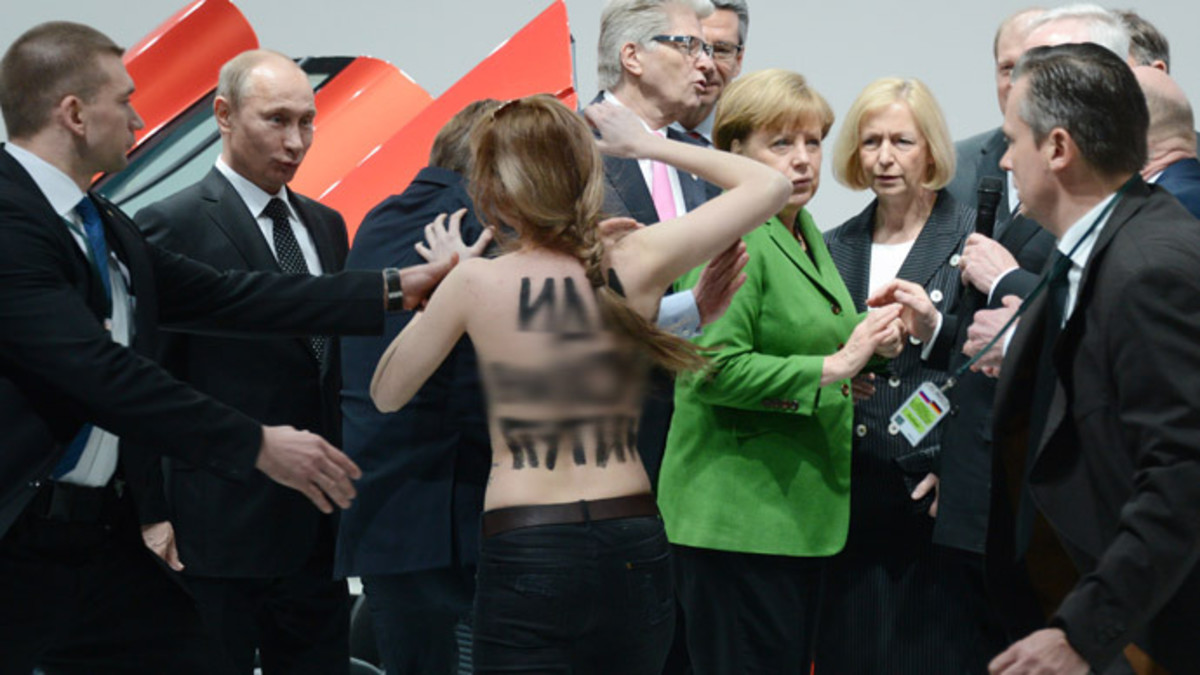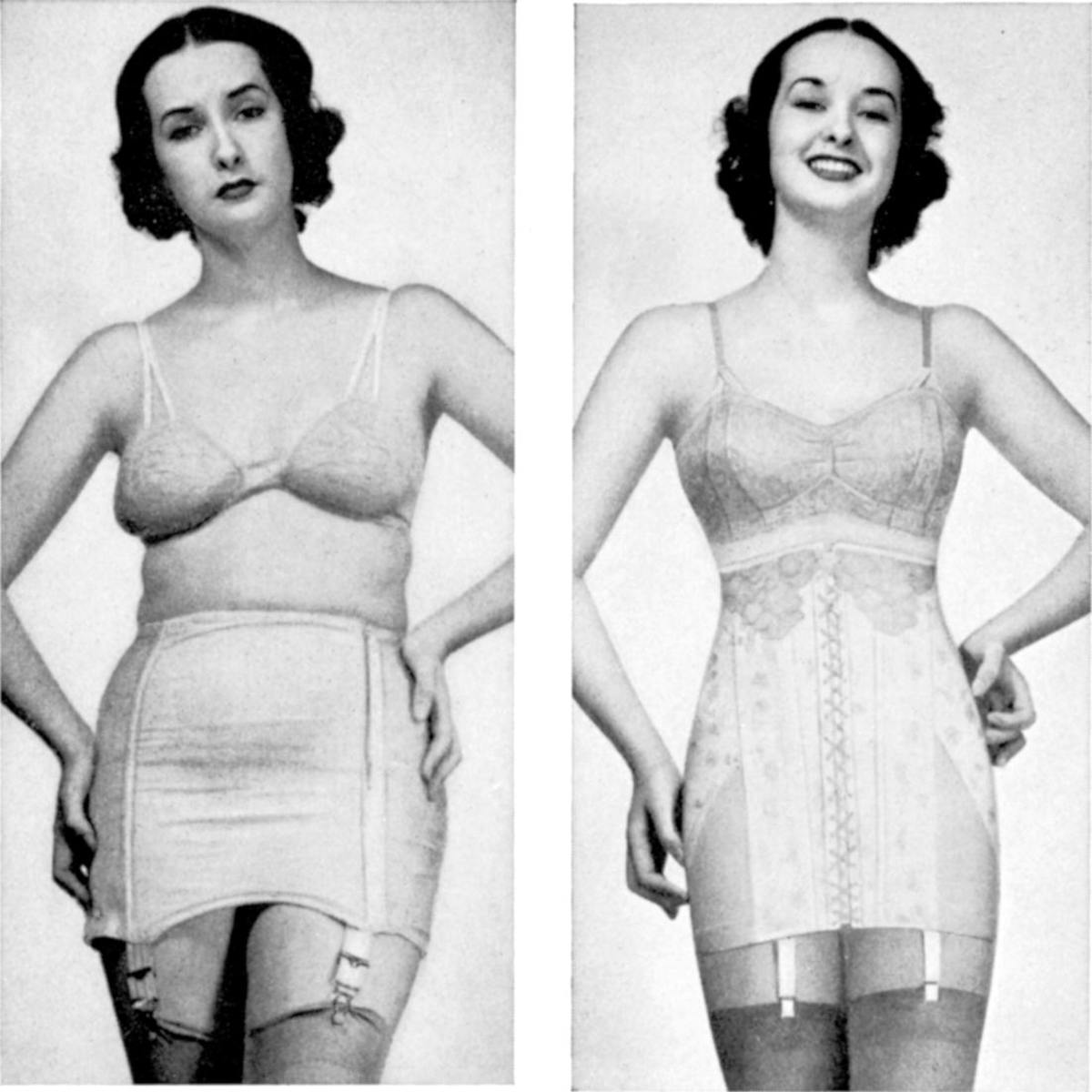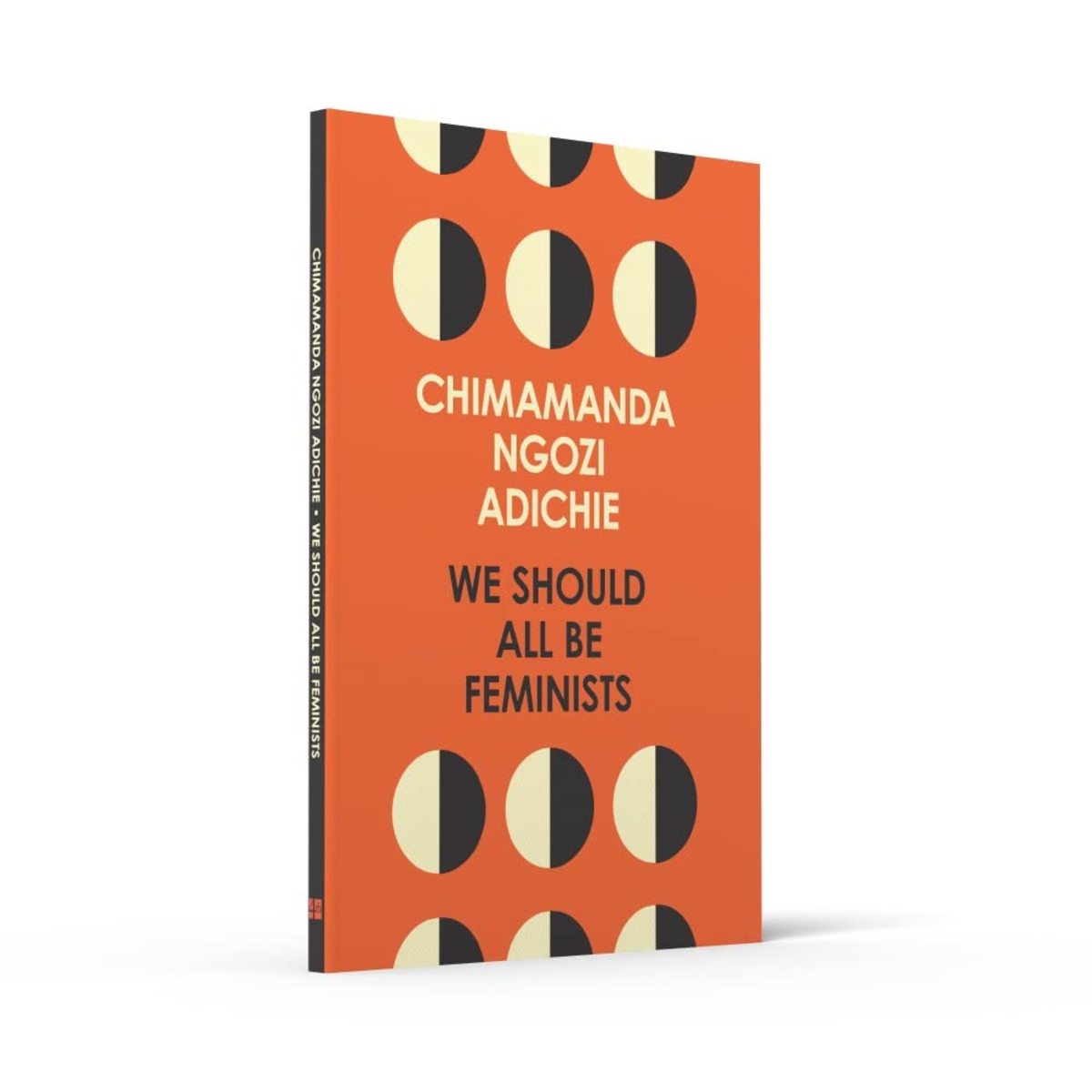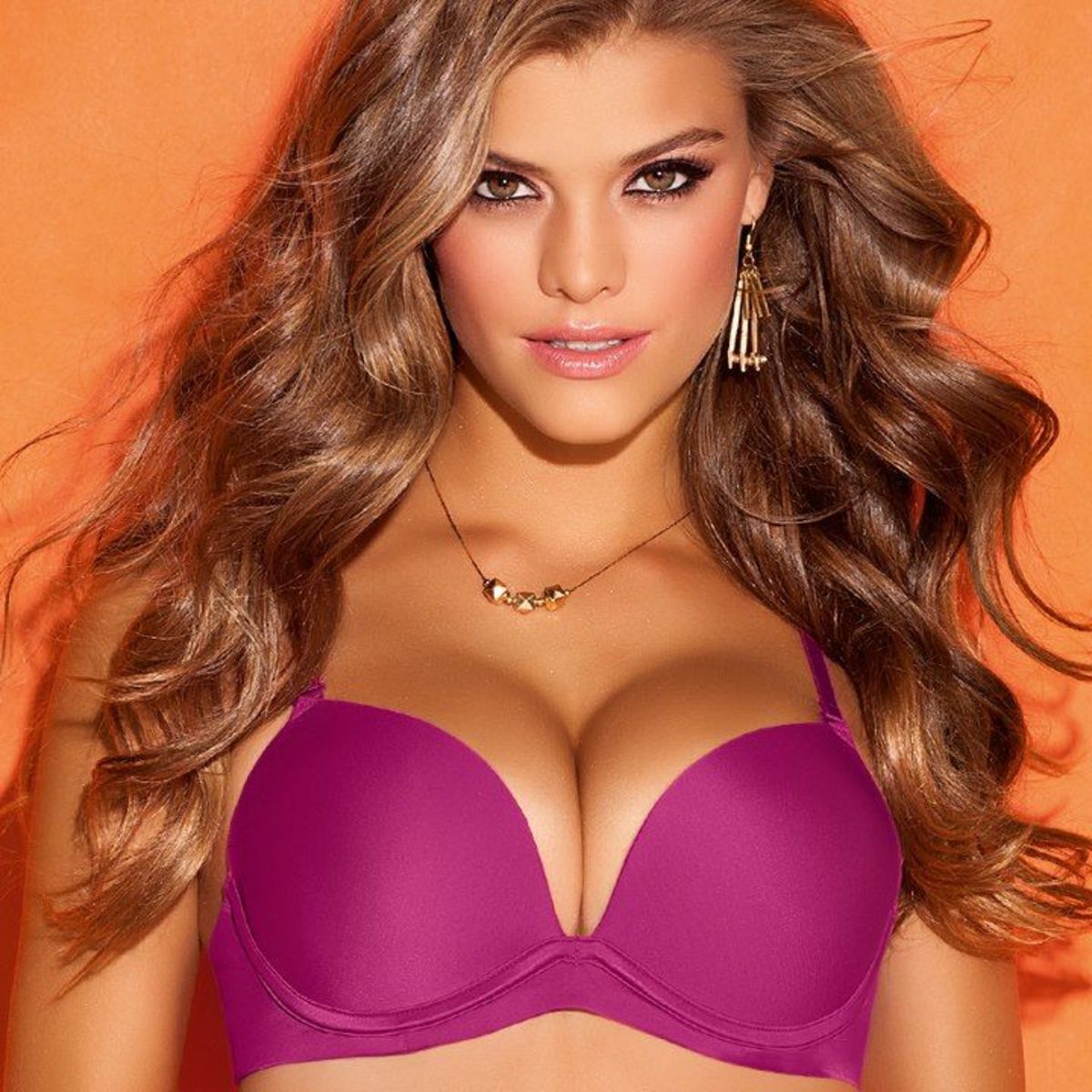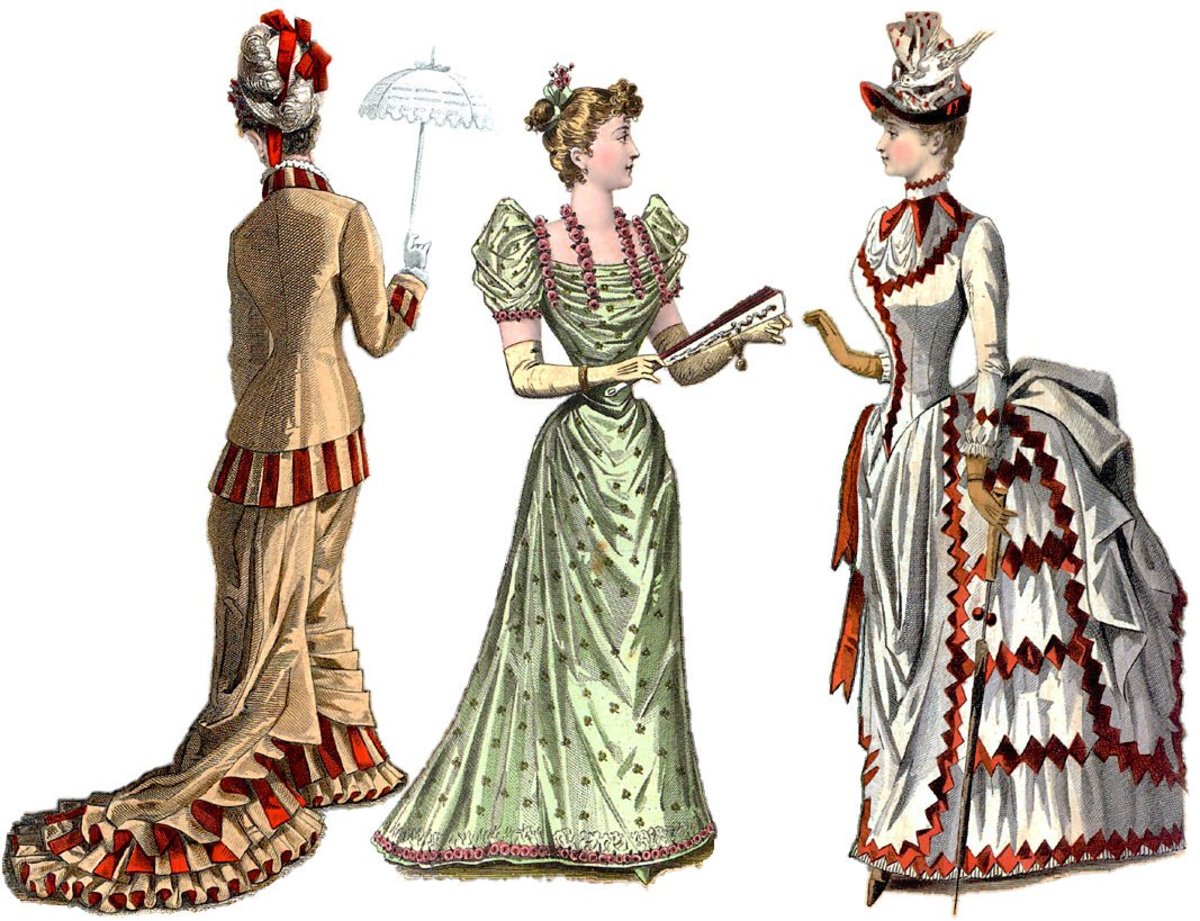Feminist Reclamation of the Corset
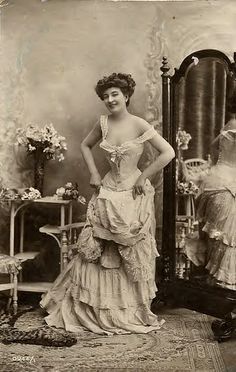
Feminists don't wear corsets... Right?
It seems that corsets have made a comeback of sorts. They’re popping up on celebrities and everyday women across western society. To my feminist mind, corsets are an archetype of an antiquated time when women were relegated to the realms of sexual objectification, and the proverbial glass ceiling was elevated just enough to accommodate the heels affixed to their stuffy, pointed shoes. It was a day in which women were told that their feminine wiles were the endowment of the Devil yet their only means of advancement. Can something that had represented oppression become a means of empowerment? Can a woman don the garb of the Victorian and Pre-Victorian Era- characterized by patriarchy and misogyny- and champion the cause of feminism adequately? As I considered the corset trend, I recognized that it is highly unlikely that women are embracing the ideology that the corset once engendered. Instead, it would appear that women are laying claim on their bodies.
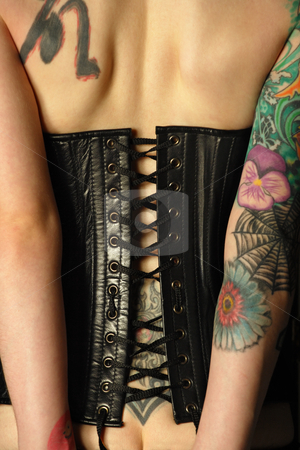
Tied Up, Tied Down, And Cutting Loose
Corsets were about shaping a woman’s body into an ideal. They were designed so that it would take another person to assist the wearer in getting into the device. She must look the part, the “part” being dictated by a male dominated culture, and relinquish her independence to the point of not even being able to ready herself for the day. Not so with the modern corset wearer. In fact, it seems that the reclamation of the corset is a symbol of sexual and social liberation. A woman is the sole possessor of her own body. She may adorn it as she chooses. Wearing a corset, often as a top by itself, becomes a parody of the confinement for which it once stood. It can be sexy, alluring and empowering. Its role is reversed. The expectation of a woman to stay demur and limit physical exertion as not to disrupt her many layered outfit, is traded in for less covered garb often paired with other “alternative” features- partially shaved hair, tattoos, gauged ears, etc… It’s an all-out rejection of social expectation, and with an air of patriarchy still looming, that is of vital importance.
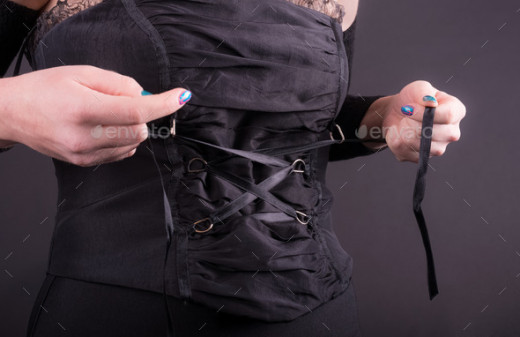
Cinch Me Up And Hear Me Out
The widespread acceptance of corsets is of particular interest considering that feminism is now so widely discussed. Perhaps another function of the corset, besides just being a form of rebellion, is to bring to light the blights of the past. As feminists are given an audience, albeit a sometimes small and scorning audience, it seems that wearing a symbol of an age of misogyny is a brilliant way to send the message, “Those who do not know history are doomed to repeat it.” Revisiting the point that women are laying claim to their bodies, it seems that some have decided to use their bodies as advertisement space for the cause. It is difficult for anyone with a familiarity of the time of the corset to look at one and not call to mind some image of a young woman being squeezed into one by an over-zealous female relative hell-bent on helping her secure a beau. It becomes an effective conversation starter. As those who try to drown out the need for a discussion about women’s rights raise their voice against a growing consensus of forward-thinking individuals, the naysayers are given a stark visual reminder of what happens when the rights of women are dismissed.

